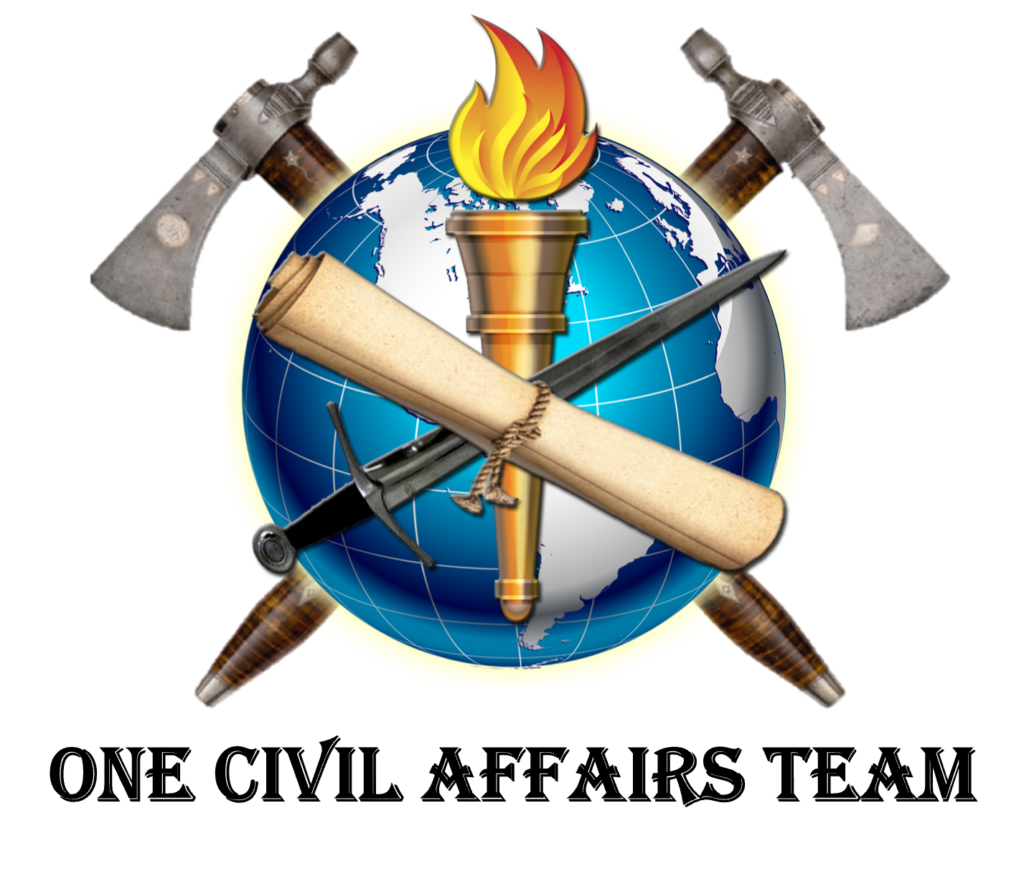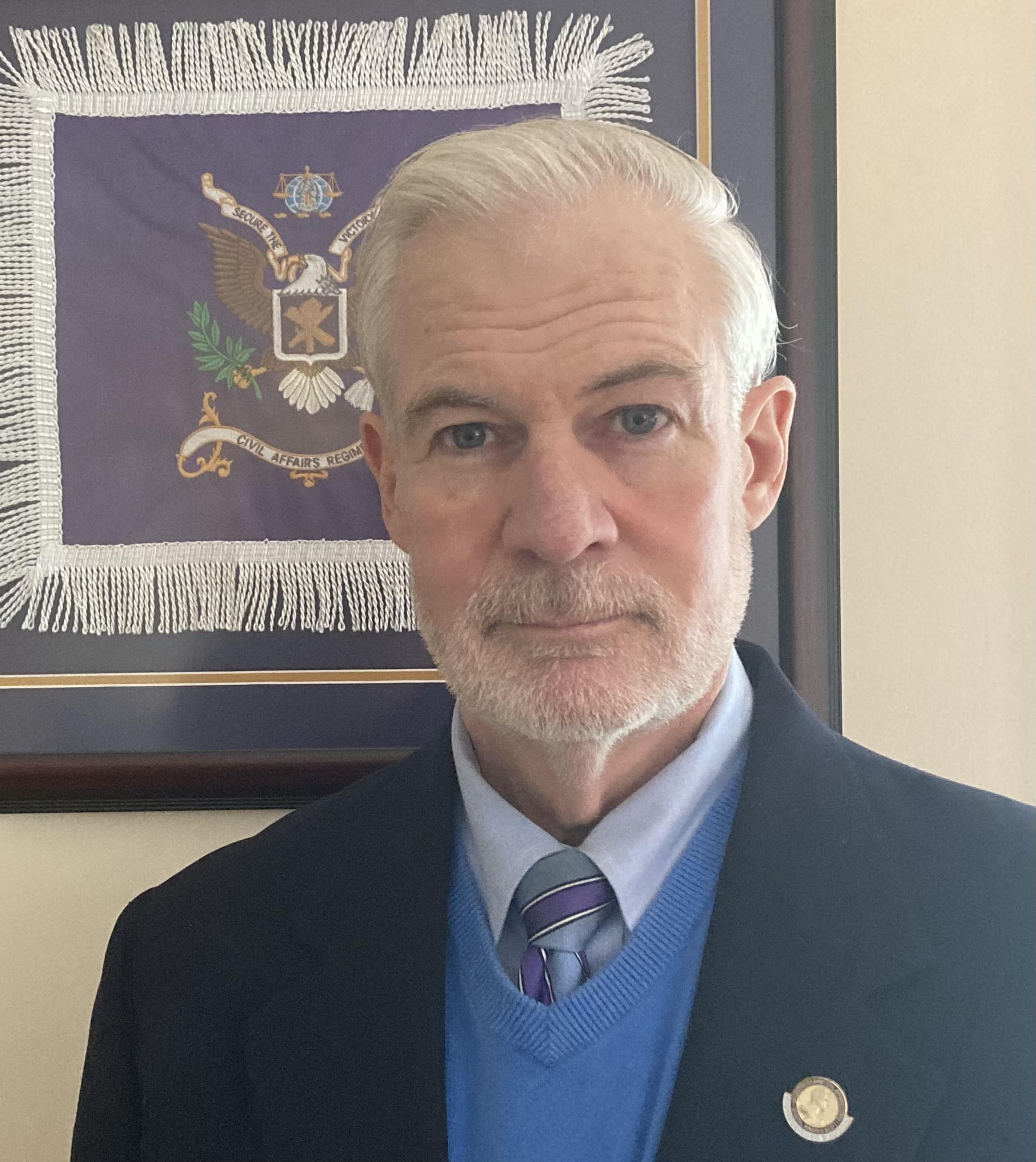7-minute read
Interesting question.
I would say the biggest thing I’ve learned about Civil Affairs (CA) over the years is that CA operations (CAO) are complex, often misunderstood, and not something any unprepared unit or individual can undertake. For CAO to be effective, we need at least three things: properly trained, educated, and experienced civil affairs professionals who are current on the latest doctrine and tactics, techniques, and procedures (TTPs); supported commanders and staffs who are familiar with how to employ the CA capability provided to them or, if not familiar, are open-minded and willing to learn from civil affairs experts; and a solid CA plan that is integrated with the operations of the supported military force and the activities of our civilian mission partners.
One might say this is rather obvious, but it doesn’t always come together in execution. Some illustrative examples from my experience and research:
Inexperienced CA Soldiers; unfamiliar supported organizations; no CA plan.
My first CA mission, Operation Restore Hope (ORH, 5 Dec 1992-4 May 1993), was a short-notice contingency operation involving U.S. Marine forces (MARFOR), conventional U.S. Army forces (ARFOR), U.S. Army Special Operations forces (ARSOF), and numerous coalition forces from around the world organized into a Unified Task Force. The military mission was primarily to provide security so that humanitarian relief organizations (HROs) could deliver food, water, and other assistance without interference from the warlords and militias preying upon the Somali people caught in the middle of a 2-year civil war. As I recounted in the C Co/96th CA Bn (Abn) After Action Report for Operation Restore Hope, available in the USASOC History Office archives and the Joint Lessons Learned System, while CA doctrine called for a CA brigade headquarters and two CA battalions to support the 3-star Joint Task Force (JTF) Somalia headquarters, the ARFOR, and the MARFOR, only one active component CA company (-), consisting of 30 Soldiers, and a team of three U.S. Army Reserve (USAR) CA staff officers, deployed. (No CA support was provided to the ARSOF.) Most of us had received the bare minimum of formal CA training or none at all, and this was our first deployment as CA officers and NCOs.
An overarching civil affairs plan was never formally developed for this operation. We left Fort Bragg, NC, with no idea of what our mission would be on the ground. Upon arriving in Mogadishu, the Military Deputy Director of the United Nations (UN) Humanitarian Operations Center (HOC) instructed us to replicate in our assigned humanitarian relief sectors what the CA company headquarters had been doing for the HROs in the eight days preceding our arrival. Engaging Somali community leaders was never mentioned. Later, when the commander of the Marine battalion I supported in Mogadishu decided to write a new operations order from scratch to reflect the unit’s expanded task organization and mission, I discovered that the MARFOR’s original operations order contained a photocopy of a sample CA annex from a U.S. Marine Corps CA training handbook, as there was no staff to write an actual annex. “Mission creep” became routine as maneuver units began taking on active roles in the relief effort and other civil areas that fell outside their security mission parameters or resource capabilities. A proper, comprehensive understanding of civil dynamics throughout the country was never achieved.
(For more on CAO in Operation Restore Hope, see Revisiting Civil Affairs Operations in Operation Restore Hope (civilaffairsassoc.org).)
Experienced CA Soldiers; semi-familiar supported organizations; poor CA plan.
In the early days of Operation Iraqi Freedom (OIF), planners effectively matched and mobilized active and USAR CA units to the supported echelons outlined in doctrine; however, they misaligned the mission sets for which most of those units would be employed. Planners overestimated the number of civilians who would flee their homes and become internally displaced persons due to combat operations. Additionally, they failed to consider the possibility of a “roving” Phase IV (Stabilize), which would require military resources to address political, economic, social, and humanitarian challenges in rear areas while Phase III (Dominate) operations continued in forward areas until a follow-on military, civil-military, or civilian organization relieved U.S. forces of this responsibility. Consequently, as recounted in All Roads Lead to Baghdad, published by the USASOC History Office, while elements of the 96th CA BN (Abn) supported Rangers and other special operations forces, and direct support (DS) CA companies accompanied maneuver forces closing in on Baghdad, a CA command headquarters (352nd), three CA brigade headquarters (304th, 308th, and 354th), the headquarters and general support detachments of five DS CA battalions (404th, 414th, 422nd, 431st, and 443rd) remained behind the berm in Kuwait. They were not called forward until well after 9 April 2003, when looting in the capital city was rampant and it was clear that the Iraqi Army had left the battlefield and would not reappear.
When the remainder of the CA units finally deployed to Iraq, they occupied the designated battle spaces assigned to their supported units and found that the transition to Phase IV had already started without them. As I discovered when I visited all maneuver and CA unit headquarters, from corps to BCT, in May and June 2003 as a member of the OIF Study Group, the conditions for military success changed more quickly than anticipated. The corps plan for Phase IV was never completed. Maneuver commanders had to “wing it” with hastily prepared fragmentary orders and civil affairs-like assignments to their staff officers and subordinate commanders, based on college majors and other factors. Civil affairs units arrived with no prior knowledge of the areas in which they were now operating, leaving them as unprepared as their supported units. One case in point is the occupation of the city of Mosul and the province of Nineveh. Although it was one of the three largest cities in Iraq at the time, no preparation was made for the use of military forces in its occupation. Consequently, the division assigned to secure that part of Iraq had no detailed maps of the city or province, no understanding of the area’s history or socio-economic dynamics, and no comprehension of the government structures or how the city or province was run. Determining these details was among the first orders of business and the focus of subordinate unit commanders as the remainder of the division’s attached CA battalion arrived and began clearing the Nineveh Hotel to use as its base of operations.
Experienced CA Soldiers; open-minded supported organizations; well-coordinated CA plan.
I observed a corps commander asking the right questions, receiving the correct answers, and being permitted to have his staff plan, coordinate, and brief a coherent plan for the transition from combat to post-conflict operations in a Joint Forces Command exercise called Millennium Challenge 2002. In this exercise, CA units participated in post-conflict stabilization activities. They established the conditions for a follow-on UN-led organization that would relieve the corps of the governance duties it assumed after defeating enemy forces and occupying foreign territory. CA forces accompanying maneuver units in large-scale combat operations were tasked with conducting civil reconnaissance and civil engagement (although not called that at the time) to meet the information requirements of the Department of State, USAID, and other U.S. government representatives, assisting them in organizing their part of the long-term stabilization that would inevitably follow combat operations. I often wonder if OIF I could have ended differently had that corps been assigned the mission instead of the one that deployed.
With that in mind, I want to clarify that my observations in the first two vignettes are not meant to undermine the excellent work the CA Soldiers did in each of those operations. I want to stress that I believe each operation could have been improved if the type of CA professionals, supported commanders and staff, and CA plans outlined in my opening paragraph had been aligned.
Questions for our teammates:
1. What is the biggest thing you’ve learned about Civil Affairs?
2. What stories do you have that highlight how the three things mentioned in this post that make CAO successful came together or fell apart?
Send a note to the Civil Affairs Team Room.
Subscribe for updates to the Civil Affairs Team Room Blog
Don’t forget to check out our affiliated sites
LC38 Brand
Aerial Resupply Coffee

